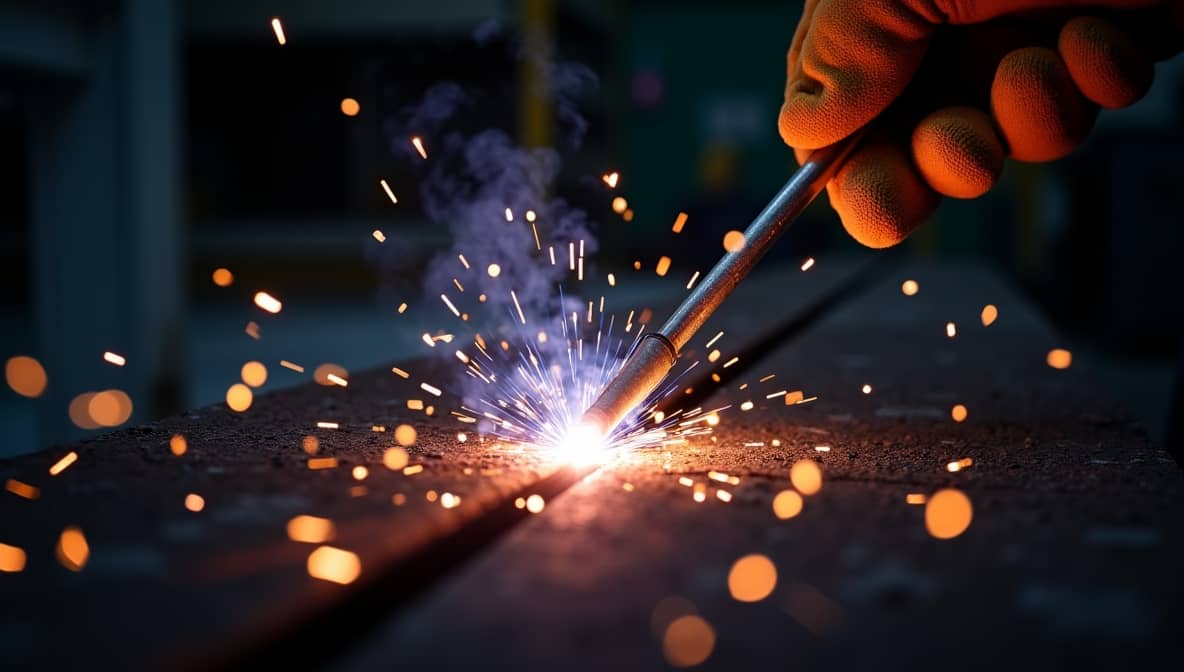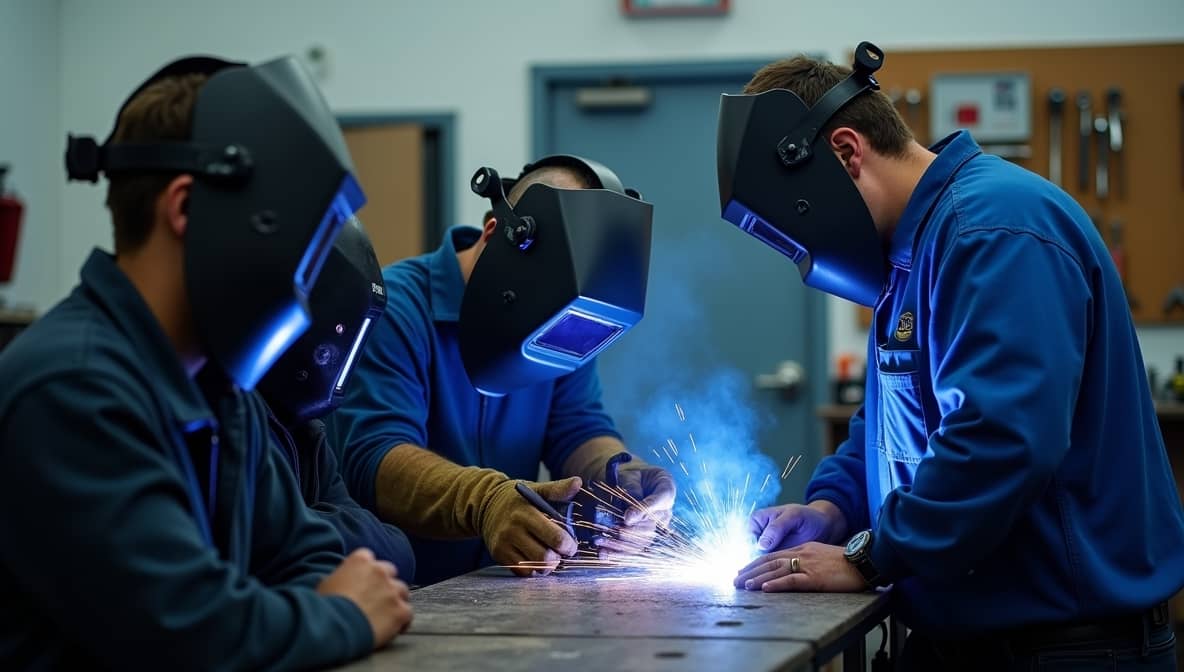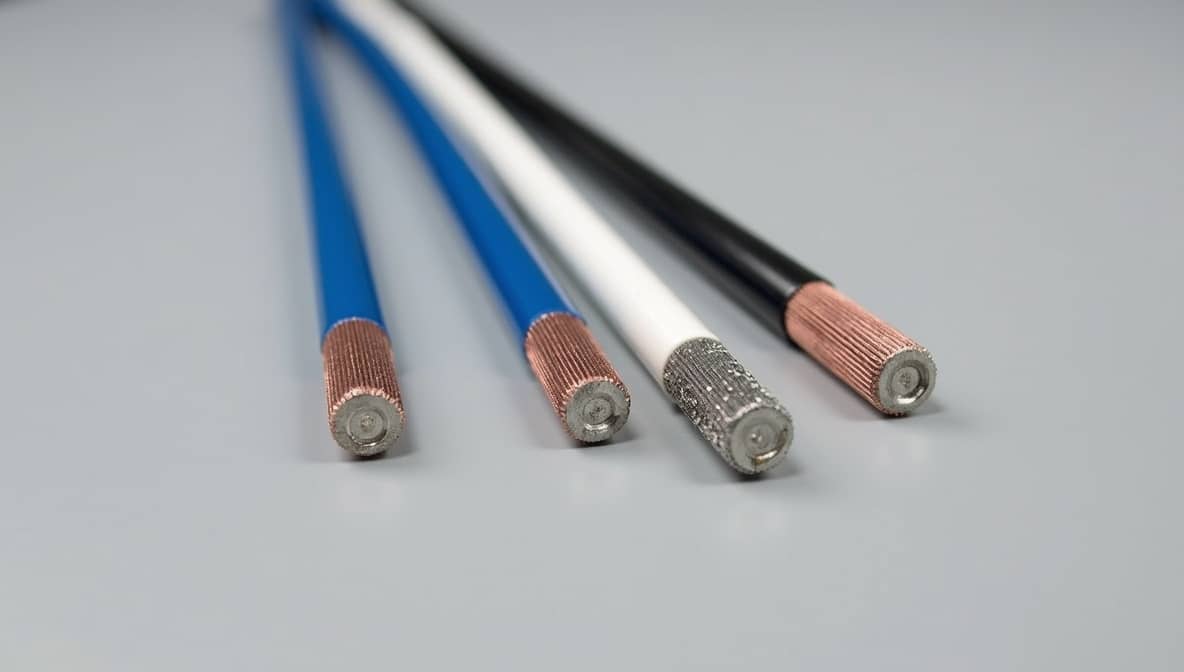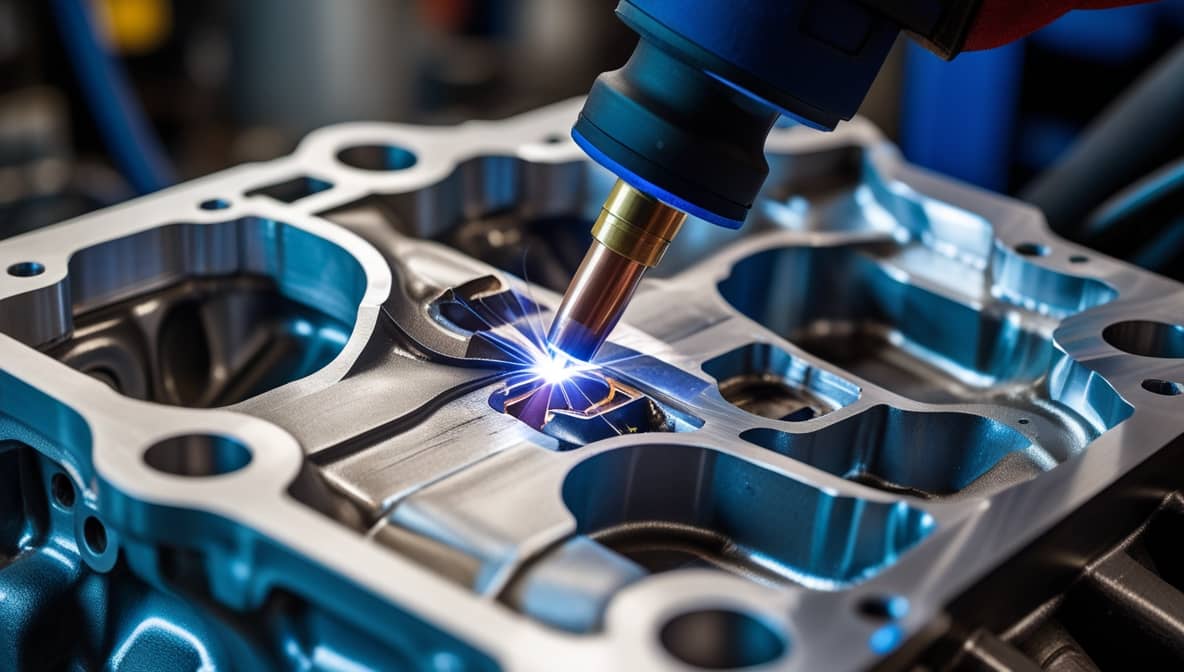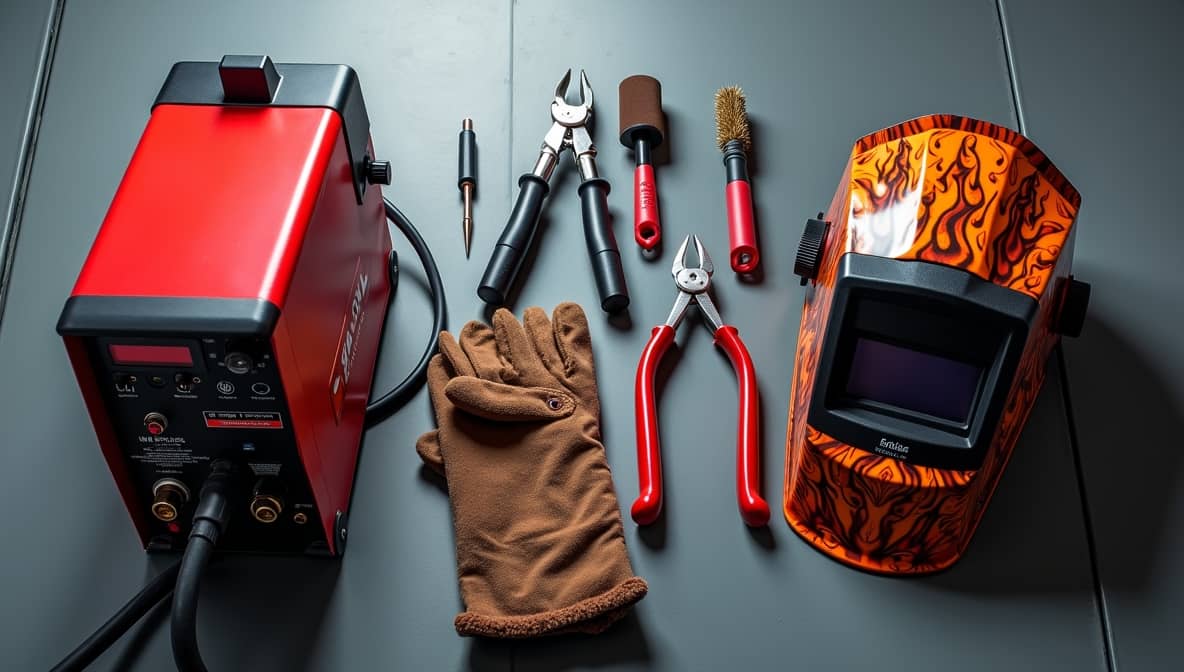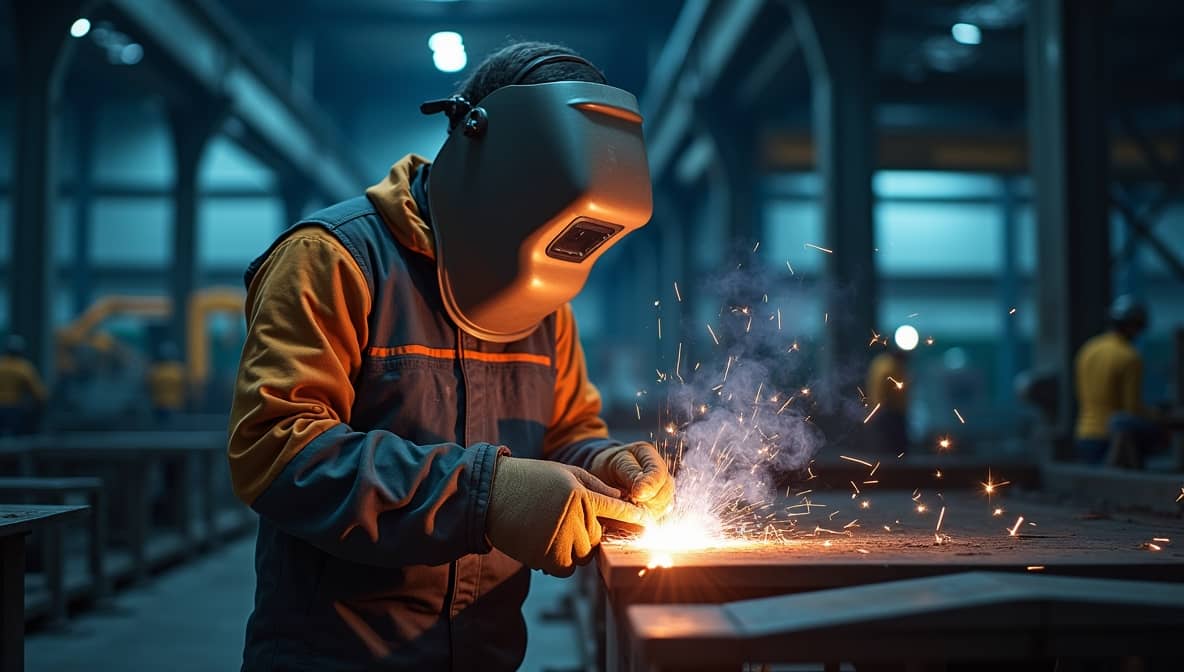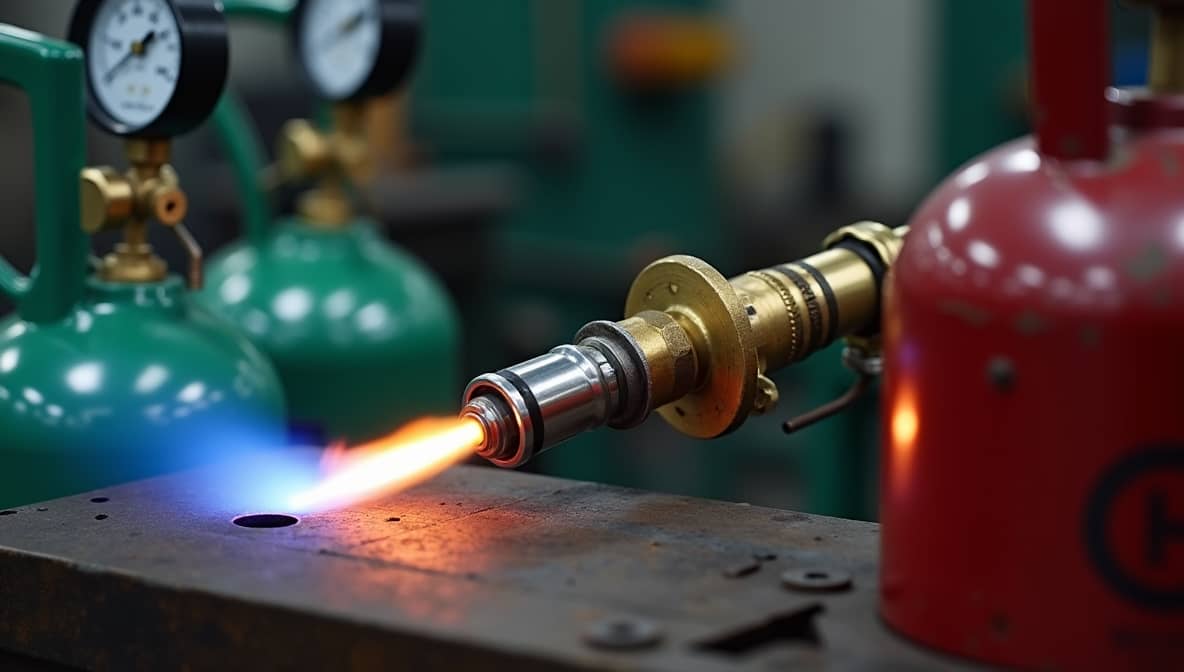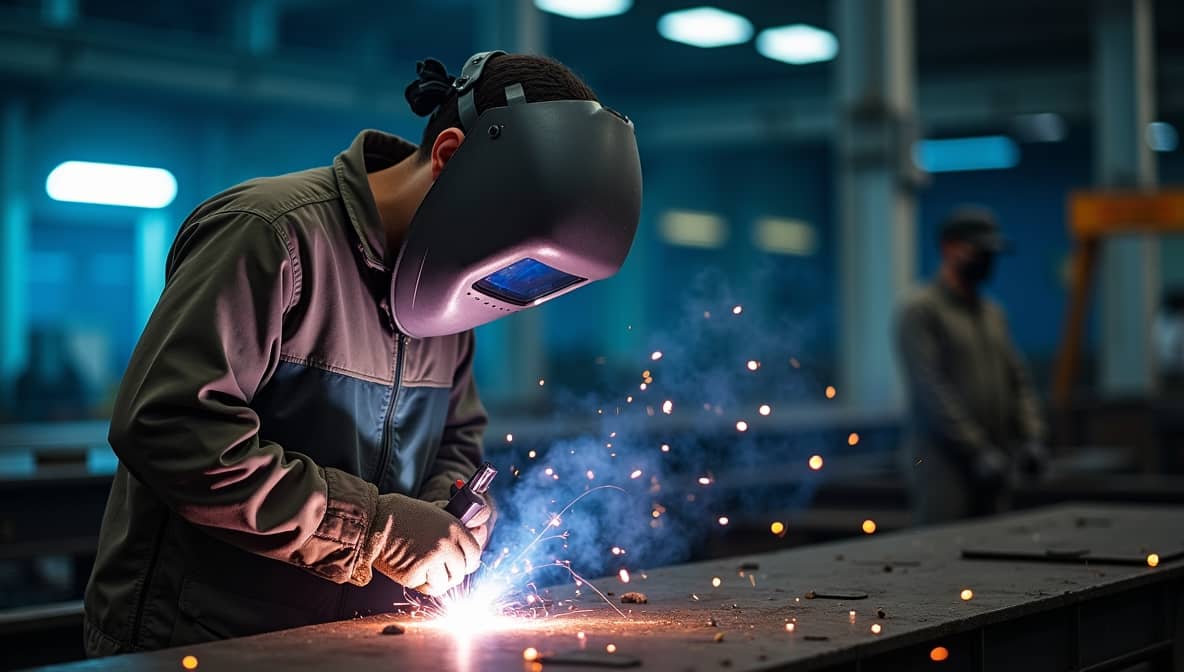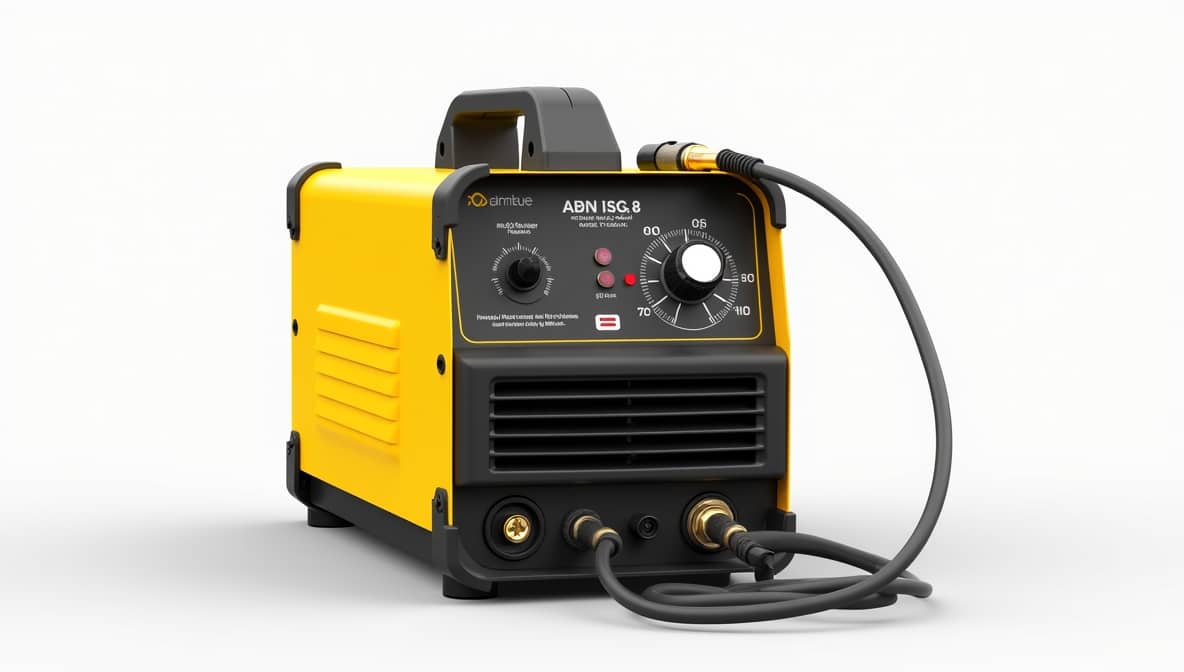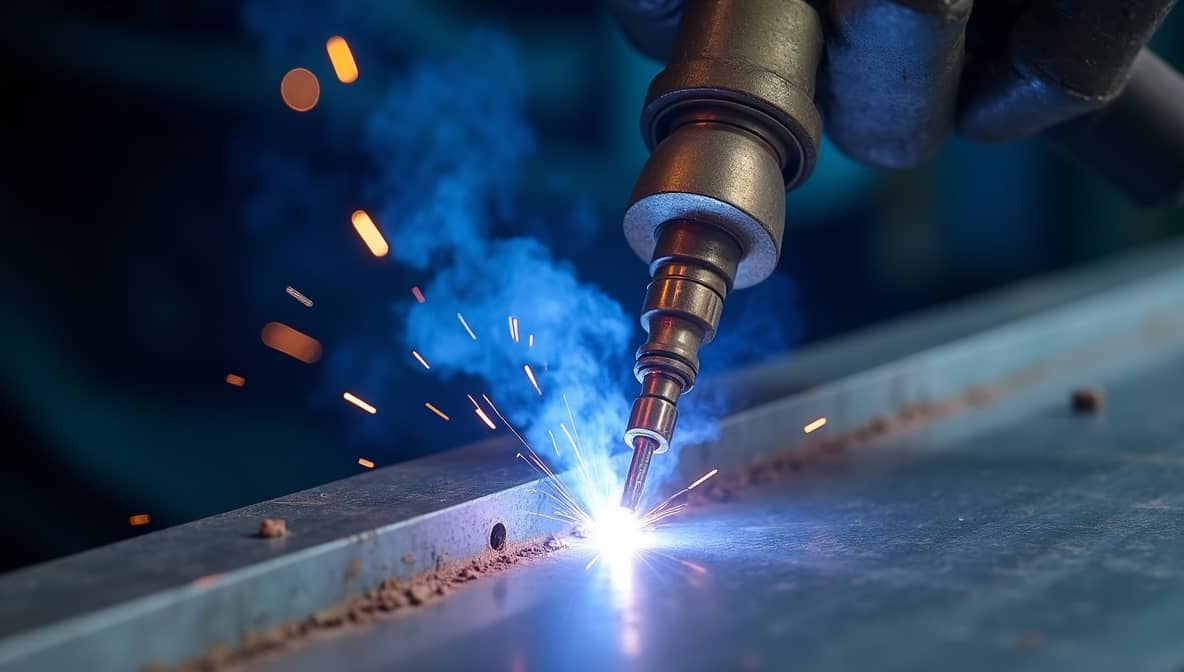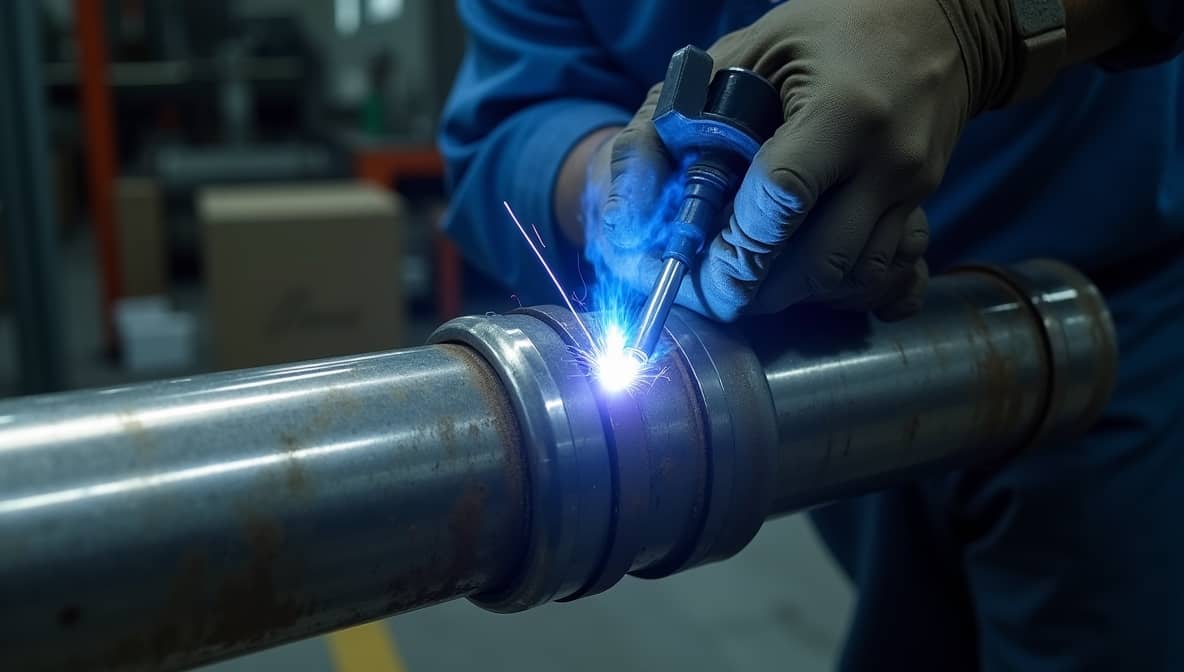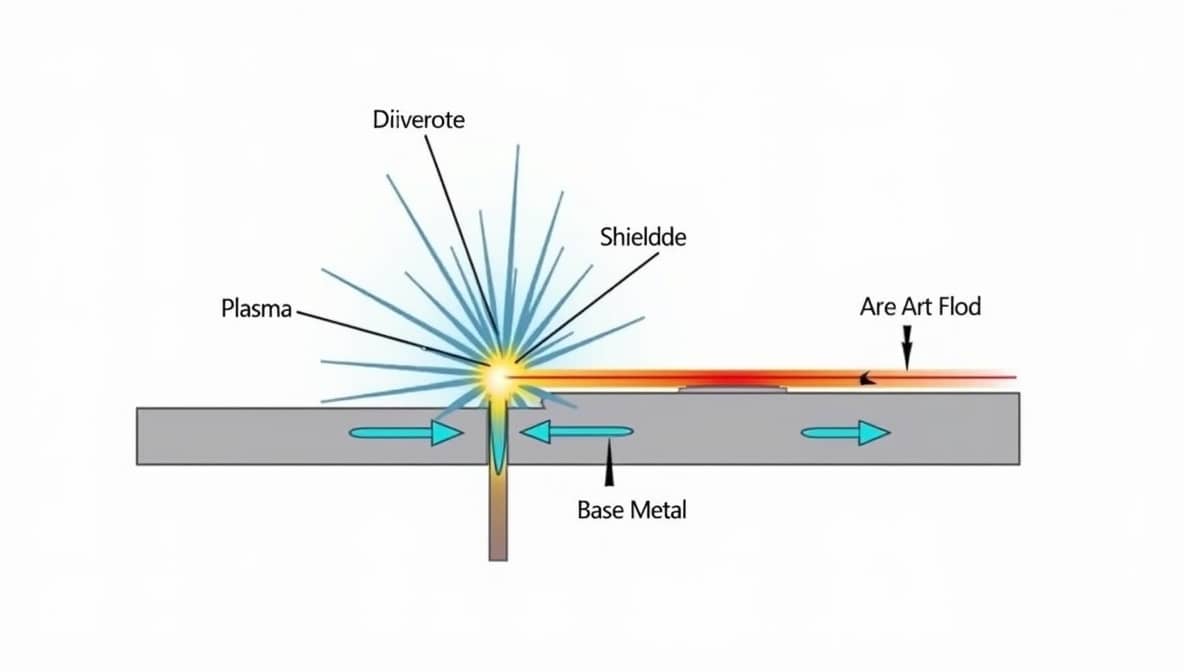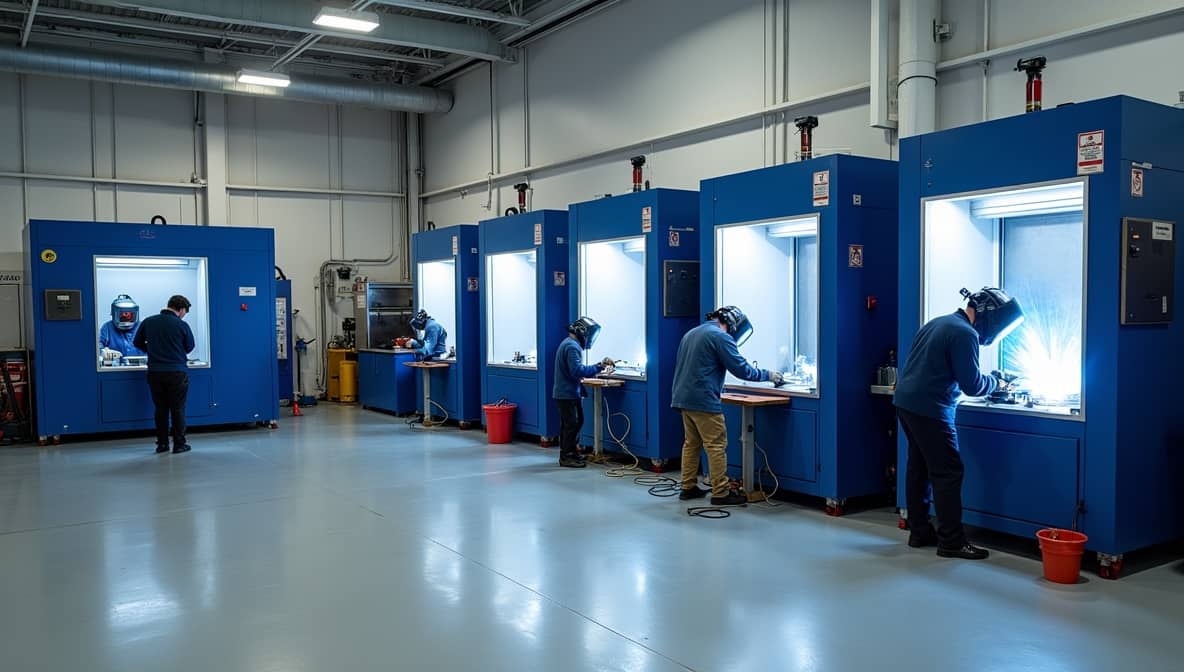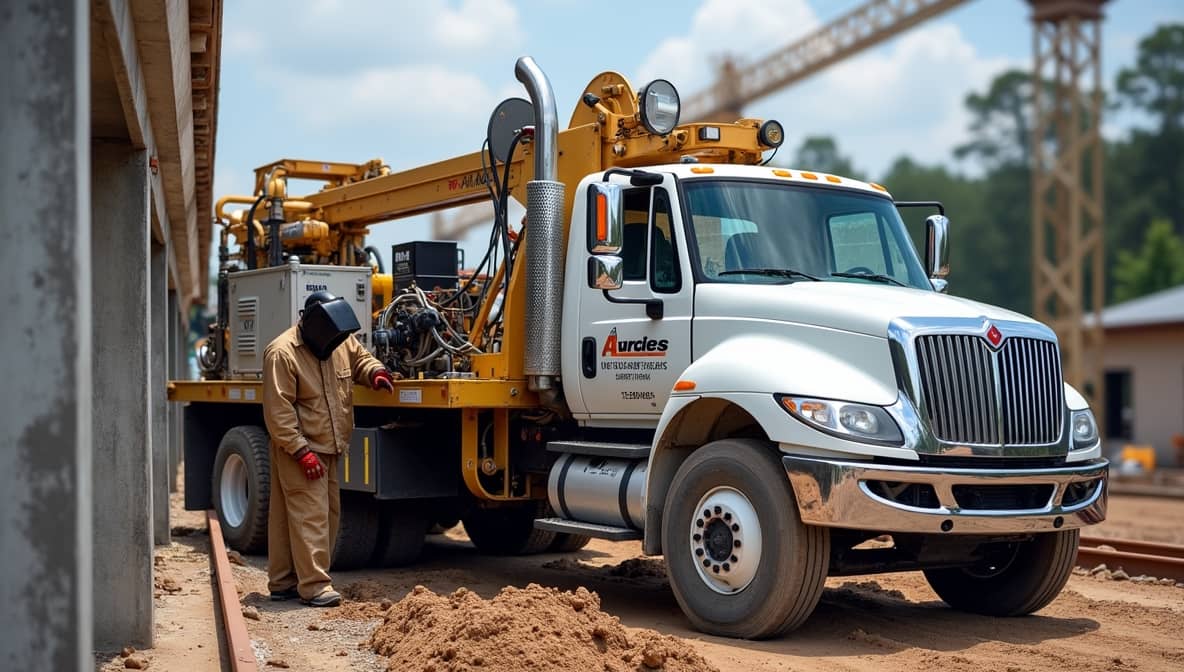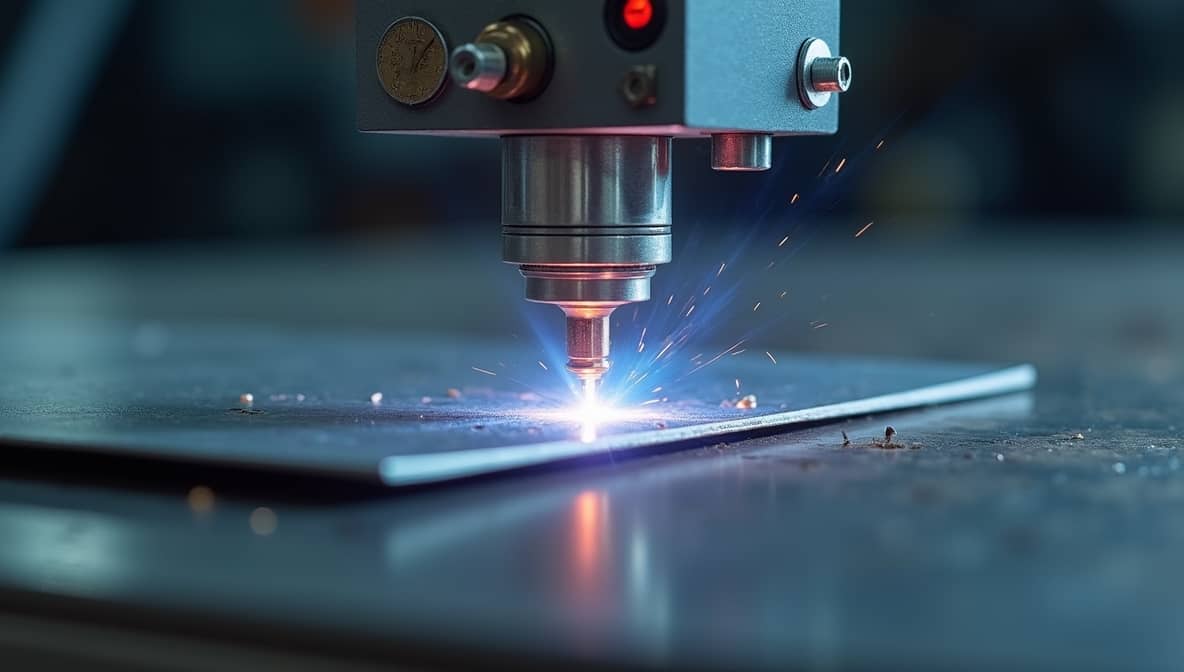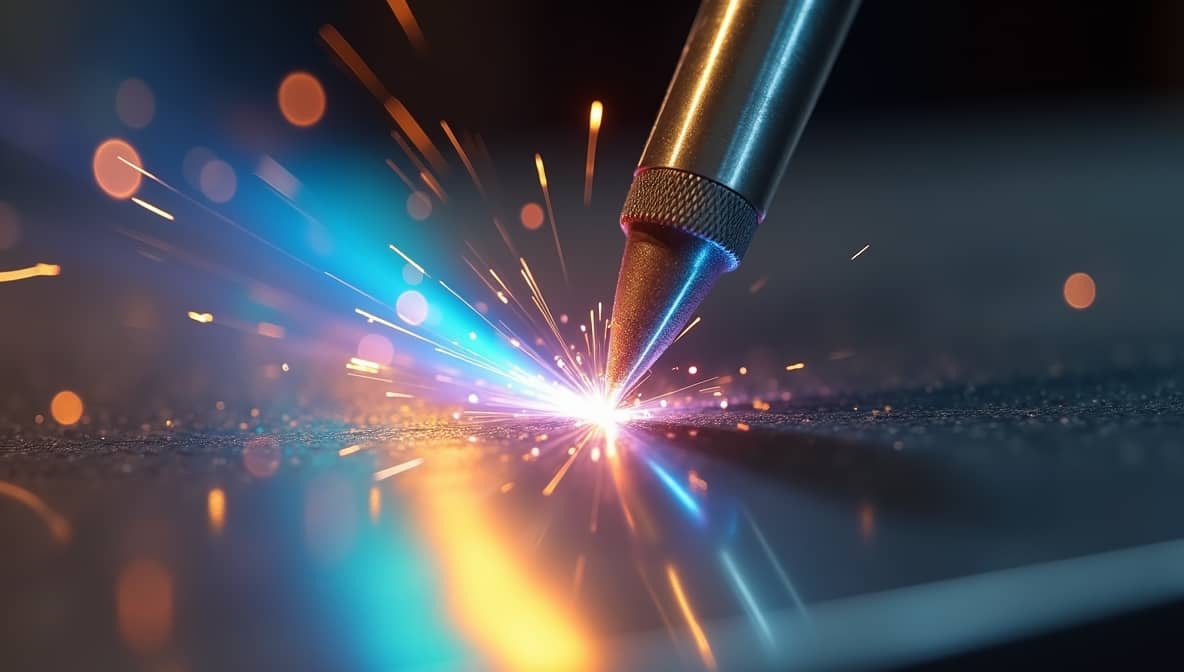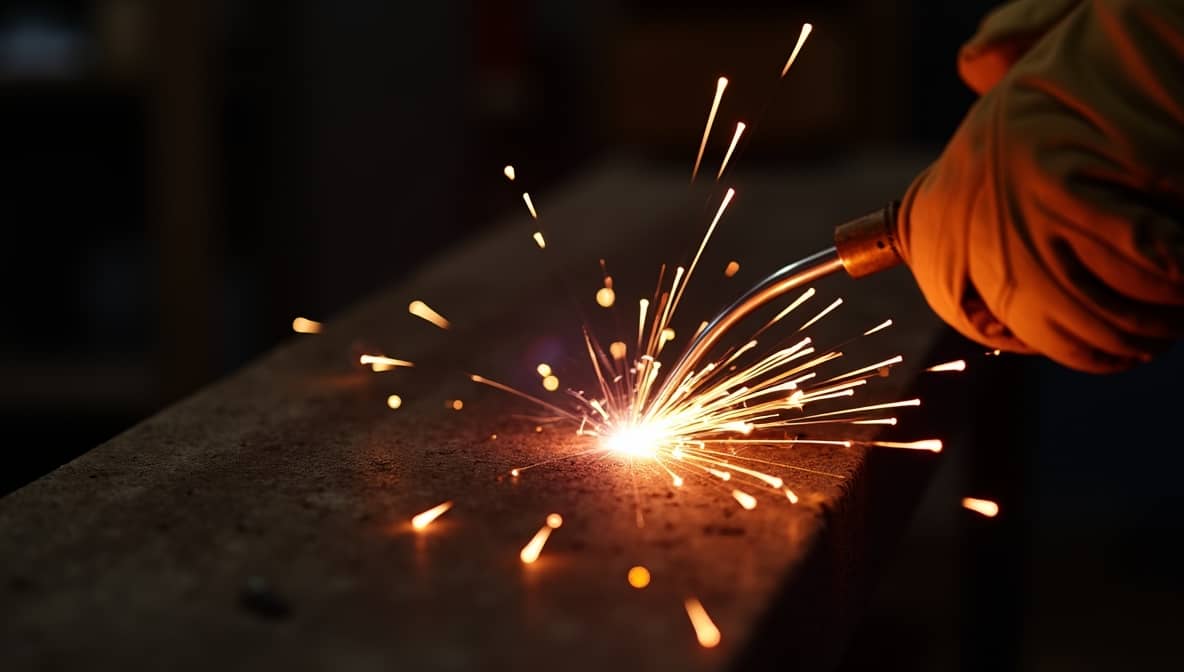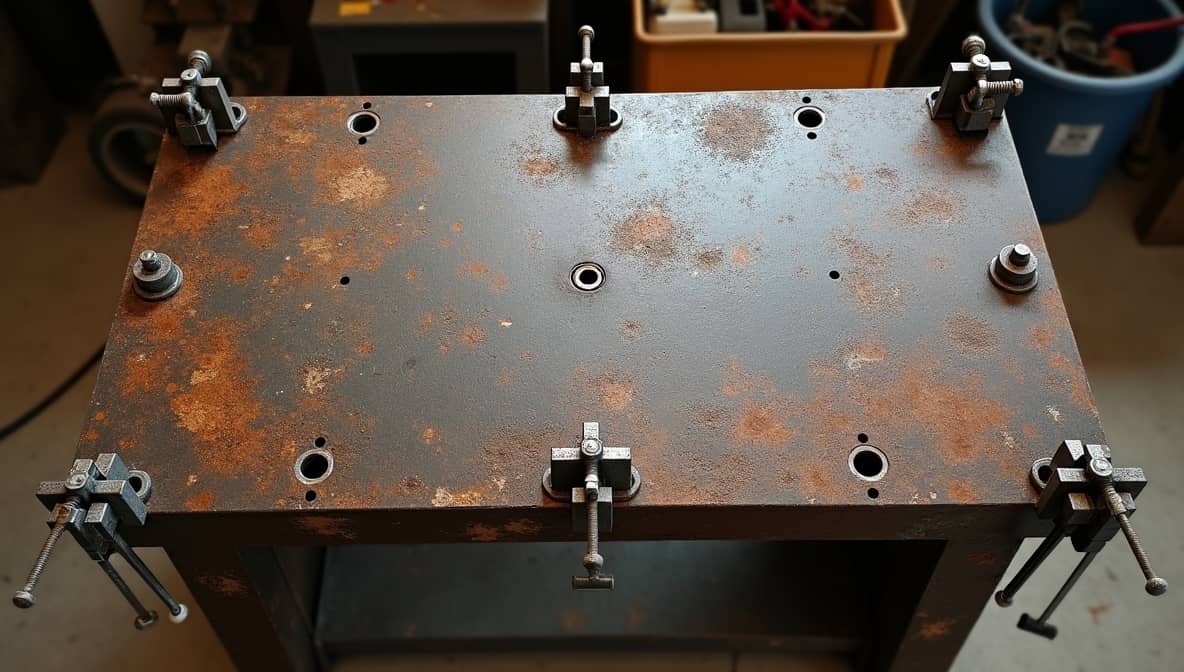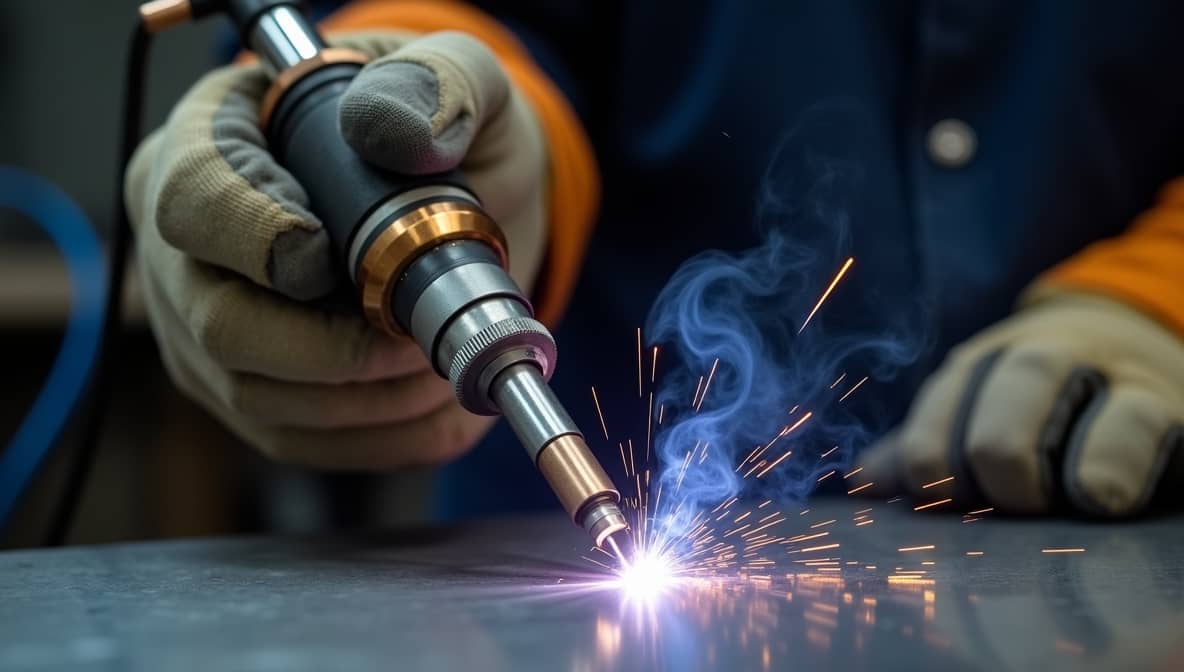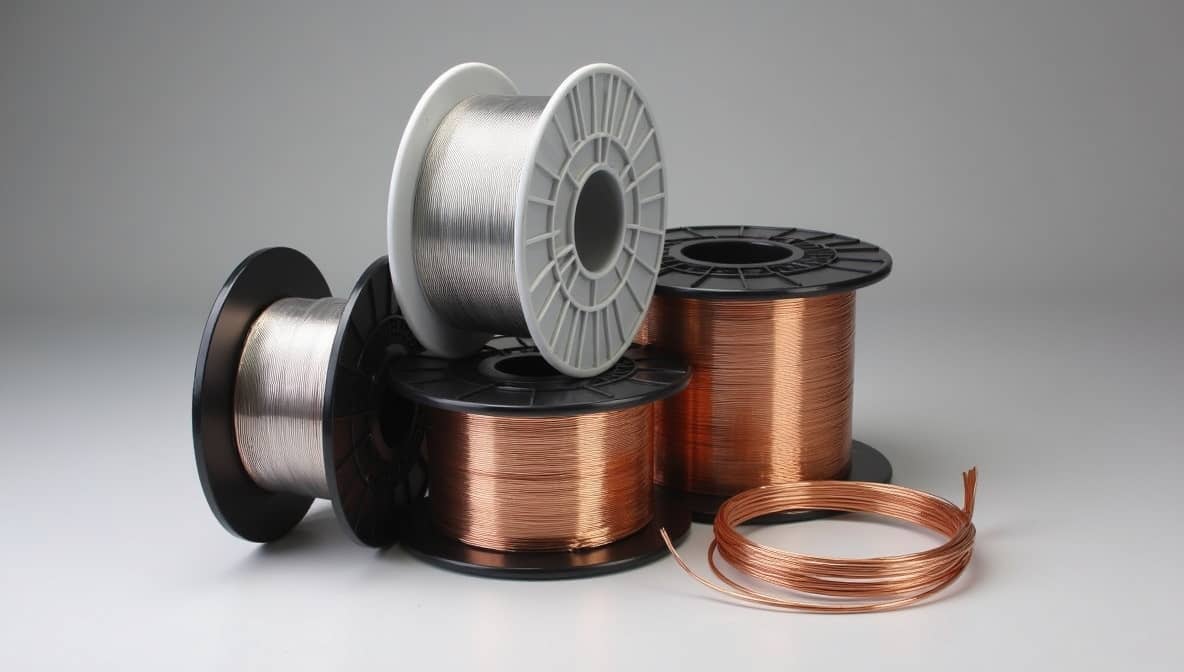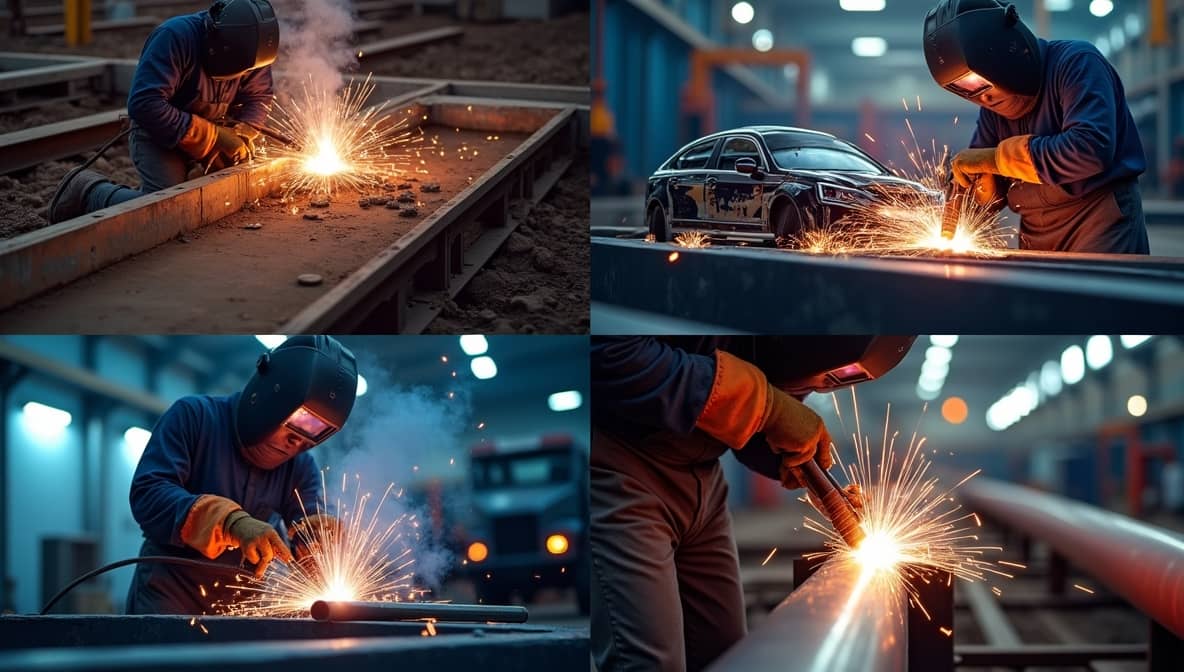Welding Wisdom for Professionals and Beginners Alike.
Start from herePrecision Welding Insights at Your Fingertips
Building Stronger Connections through Welding
Explore Welding
Discover comprehensive resources across all welding disciplines. From beginners looking to start their journey to professionals seeking advanced techniques, WeldingHubs has you covered.
Aluminum Welding
ExploreARC Welding
ExploreWelding Certificate
ExploreWelding Classes
ExploreElectrode
ExploreEngine Welding
ExploreWelding Equipment
ExploreFlux
ExploreGas Welding
ExploreHelmet
ExploreWelding Job
ExploreWelding Machine
ExploreMIG Welding
ExplorePipe Welding
ExploreWelding Process
ExploreSafety
ExploreWelding School
ExploreWelding Service
ExploreSpot Welding
ExploreStainless Welding
ExploreStick Welding
ExploreWelding Table
ExploreWelding Technology
ExploreTIG Welding
ExploreWelding Training
ExploreUnderwater Welding
ExploreWelding Wire
ExploreUses of Welding
ExploreLatest Articles
Open Root Aluminum Welding: Techniques for Perfect Butt Welds and Vee Grooves
Open-root aluminum welding joins aluminum pipe joints without filler material. This technique uses aluminum’s high thermal conductivity to create a larger, fluid weld pool. Controlling the weld pool can be…
Optimum Welding Process for Aluminum: Techniques, Tips, and Best Practices
For aluminum, the best welding process is spray-arc welding. It uses constant-current (cc) and constant-voltage (cv) machines. This method sprays molten metal effectively from the electrode wire to the base….
NOMMA for Welding Aluminum: Essential Guidelines for Fabricators and Designers
NOMMA highlights advanced welding techniques for aluminum fabrication. Their standards align with AWS recommendations for welding procedures. Important factors include proper joint classifications and finish specifications. These practices ensure superior…
Out-of-Position Aluminum Welding: Tips, Techniques, and Overcoming Challenges
To weld aluminum out of position, select the appropriate welding process and filler metals. Use techniques suited for vertical and overhead welding, as gravity can complicate the process. Consider TIG…
Non-Adaptive Pulse vs Adaptive Aluminum Welding: Benefits, Applications, and Key Differences
Pulsed MIG welding improves aluminum joints by controlling the arc and deposition rates. Adaptive aluminum welding automatically adjusts wire feed speed and arc length for consistency. In contrast, non-adaptive welding…
Non-Controlled Atmosphere Aluminum Welding: Achieving Quality Joints with TIG and MIG Techniques
Non-controlled atmosphere aluminum welding uses TIG (Tungsten Inert Gas) and MIG (Metal Inert Gas) methods. These techniques rely on argon as a shielding gas to create strong welds. Both welding…
Overhead Aluminum Welding Tips: Essential Techniques for TIG and MIG Success
To excel in overhead aluminum welding, use pure argon gas and adjust the flow rate for arc stability. A longer stickout is needed compared to steel. Snip the wire at…
Troubleshooting Miller Syncrowave 350 LX Problems: Tips for Aluminum Welding Settings
The Miller Syncrowave 350 LX needs specific settings for welding aluminum. Use DCEN, set post flow to your liking, and adjust maximum amps to 70-80. For thicker aluminum, set pulse…
Welding Aluminum at Minimum Thickness: Techniques, Tips, and Essential Gear
The minimum thickness for welding aluminum in industrial applications is typically 1/8 inch (3.2 mm). For specific projects, it can reach 3/8 inch (9.5 mm) or 1/2 inch (12.7 mm)….


